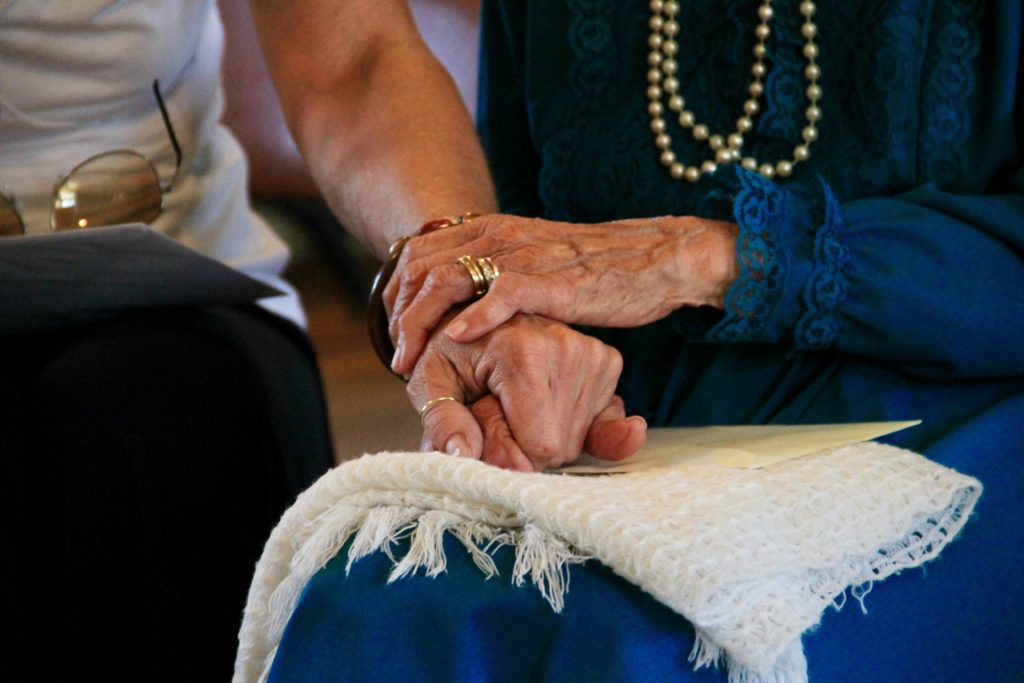“While the experience of caregiving can be rewarding, the physical, financial, emotional and psychological strain of caring for a loved one is deep and real for caregivers, and their family and friends,” said Brian Haendiges, President and CEO, Genworth U.S. Life Insurance. “At Genworth, we know this all too well. In addition to our more than 40 years helping our policyholders and their families navigate these challenges, many of us, like those families across the US, have a personal long-term care story. No one is immune to aging or its impacts, and this year’s research further emphasizes the need for us to work together to solve the long-term care crisis before us.”The factors driving an accelerated need for care were mostly the same as in past years, according to Genworth’s Caregiving in COVID-19 Beyond Dollars Study 2021. The company has conducted the study approximately every three years since 2010 as part of its mission to help families prepare for the financial challenges of aging.
The study examines the effect of caregiving on families beyond the cost of long-term care services, which Genworth tracks in its annual Cost of Care Survey, says a November 1 article from Yahoo Finance entitled “November 2021 – Long Term Care Awareness Month: Genworth’s Beyond Dollars Study 2021 Shows Increasing Need for Long Term Care and Reliance on Family Members.”
Here are some highlights of this year’s study:
The effect of increasing lifespans. This mean the likelihood that you or a loved one will live through an event that requires long-term care is also increasing. As the population gets older and medicine improves, the prevalence in the population of conditions that require long term care―and the length of time that people live with such conditions―also go up. As loved ones adapt to their “new normal,” they prefer the comforts of home.
Care is becoming more complex. The survey found that about half (49%) of care recipients need help in “all aspects of daily living” and only 8% need “very minor assistance,” up and down from 39% and 12% respectively in 2018. Further, relative to the 2018 study, more people suffered from age-related physical limitations (47%, up from 44%) and accidents requiring rehabilitation (23%, up from 21%), but the biggest jump was in cognitive impairments (32%, up from 26%).
Our needs are becoming more acute. Senior care is lasting longer. The average length of a care event, according to this study, went from three years in 2018 to 3½ years in 2021.
People like care at home, which can be a challenge. More than three-quarters of care recipients (79% in 2021) said that they prefer at-home care to facility care. That’s similar to data from 2018: in 42% of cases, a loved one provided care in a care recipient’s home, and in 26% of cases, a professional caregiver provided the in-home care. However, between 2018 and 2021, the proportion of care recipients who moved in with a loved one to receive care dropped significantly—from 21% in 2018 to 12% in 2021. This may be linked to concerns about COVID-19 exposure, especially if the familial caregiver also has children living at home.
Providing care impacts family members’ ability to work. Many family caregivers, including 56% of women and 45% of men, said that providing care “negatively affected” their ability to satisfy the requirements of employment. A total 40% of men and 27% of women thought they’d lost a majority or more of their annual income as a result of caregiving. Nonetheless, increased flexibility by employers due to the pandemic may have reduced the strain. In 2018, 46% of caregivers reported having to work fewer hours and 35% cited “repeated absences” due to the need to provide care. However, these figures decreased to 38% and 27% respectively in 2021. Of course, it’s unclear whether flexibility from employers will continue post-pandemic.
The cost of providing care is increasing. In 2021, familial caregivers were about as likely to report using savings/retirement funds (66% vs. 63%) or cutting back on luxury expenditures (63% vs. 60%) for care compared to 2018. However, they were much more likely to report reducing contributions to savings/retirement funds (54% vs. 42%), spending funds intended to be given as an inheritance (50% vs. 38%), selling personal possessions (43% vs. 35%), cashing out life insurance policies (41% vs. 26%) and borrowing money from friends or family members (40% vs. 31%). Moreover, of women, 59% reported that providing care had negatively affected their own health, compared to 43% of men. Almost half (48%) of in-home caregivers reported symptoms of stress, 46% reported less time to spend on themselves or others and 42% reported being in a negative mood. Most family caregivers also reported experiencing sleep deprivation, insomnia, a sense of isolation, guilt and/or weight gain as a result of providing care. Overall, the physical, financial, emotional and psychological strain of caregiving is experienced across demographics.
Long Term Care Insurance (LTCI) can reduce financial hardship. In only 23% of situations, did care recipients use some form of insurance providing coverage. In 14% of cases, LTC insurance was used, with life insurance riders allowing for long-term care and annuities with care provisions also being utilized. Of beneficiaries who utilized LTC insurance coverage, 61% reported out-of-pocket costs of $500 or less, despite being more likely to utilize costly assisted living facilities.
People are starting to think ahead. Genworth’s survey found that adults’ attitudes toward long-term care and financial planning has changed, with four out of five adults having already taken some action to increase their level of financial preparedness due to lessons learned from the pandemic. Talk with an experienced Elder Law Estate Planning attorney to create or update your long-term care plans.
Reference: Yahoo Finance (Nov. 1, 2021) “November 2021 – Long Term Care Awareness Month: Genworth’s Beyond Dollars Study 2021 Shows Increasing Need for Long Term Care and Reliance on Family Members”




